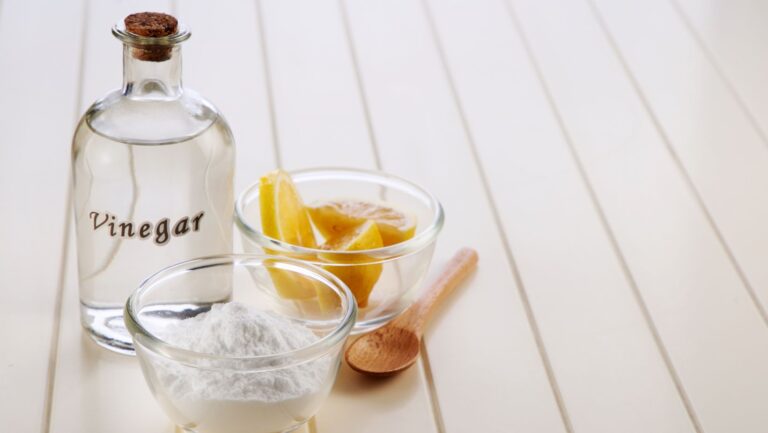Balsamic vinegar can make a whole meal taste completely different, which is why it can be found as a staple in almost every household. It gives out sweetness and tangy notes when drizzled over fresh ingredients.
-
Salads and Dressings
Of course, one of the best uses for balsamic vinegar is in salads and dressings. There’s nothing quite like that balance between sweetness and acidity. You can elevate your vinaigrette by whisking balsamic vinegar, olive oil, mustard, honey, salt, and pepper together and then reducing it. To do this, simmer balsamic vinegar until it thickens a little bit and then lightly drizzle it over a tasty salad like strawberries, goat cheese, and walnuts. Yum!
-
Gourmet Mayonnaise
Balsamic vinegar used to make mayo will give you an extra rich, tangy twist on a classic. Whisk together an egg yolk, Dijon mustard and balsamic vinegar, then slowly add the oil. This balsamic mayo is a perfect way to bring class to a simple sandwich, wrap and even a burger.
-
Grilled Vegetables
Uses for balsamic vinegar extend to grilled vegetables. Think Mediterranean-style eggplants, courgettes, tomatoes and peppers. The vinegar adds a whole new dimension of flavour. All you need to do is marinate the vegetables, add some oil, too, and voila. You’ll see your veggies start to caramelize in no time.
-
Meat Glazes and Marinades
One of the most popular uses of balsamic vinegar is as a glaze for chicken, pork, or steak. Why would you want to do that? Well, the method tenderizes the meat and gives it a nice, tangy flavor.

To do this, reduce balsamic vinegar with some brown sugar until it gets thick. Then brush it onto your meats, add your spices, and let it marinate for a few hours in the fridge.
-
Fish and Seafood
Balsamic vinegar uses aren’t just for ingredients that come from the land. You can also use it to add flavour to your seafood dishes. The best is to create a reduction for searing scallops and tuna!
-
Soups and Stews
Have you ever tried adding a splash of balsamic vinegar to soups and stews? It can add so much flavor and depth to recipes, including tomato basil and honey soup, beef stew, or lentil soup. It should always be added at the end so that the flavor punches through.
-
Desserts
Balsamic vinegar uses are many. It can even be used for desserts. However, it needs to be aged. This gives fruit such as strawberries or raspberries a contrasting flavor. Add a dollop of whipped cream, ice cream, or mascarpone to give that smooth finish to your bite.
-
Don’t Forget the Cheese
The stronger the cheese, the better for balsamic vinegar use.

Aged Parmesan, mature cheddar, or creamy blue cheese will completely change in flavor once you add a splash of high-quality balsamic vinegar. Bring out the vinegar as part of a cheese board.
-
Cocktails and Beverages
Uses for balsamic vinegar can also be a secret ingredient in cocktails and beverages. The ingredient is called a balsamic shrub. It’s made by mixing balsamic vinegar with sugar and fruit. It’s also a perfect addition to sparkling water, like a club soda.
Conclusion
There are many ways to make this classic condiment a gourmet staple ingredient in your recipes. When you know how to use it, you can wow your friends when they drop by for a simple lunch or a prepared dinner.
It’s amazing how you can throw it on anything, including salads, meats, desserts and even drinks! So go ahead and explore some of these recipes, or try your own tricks.

